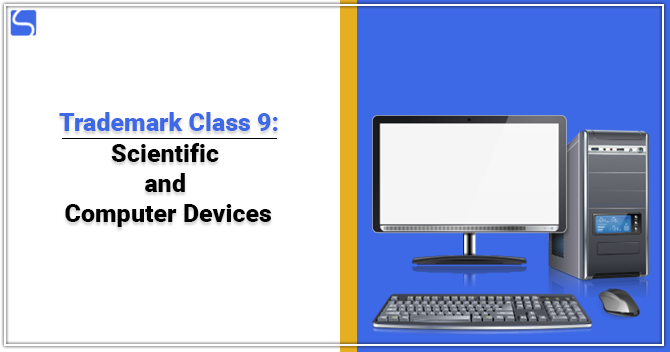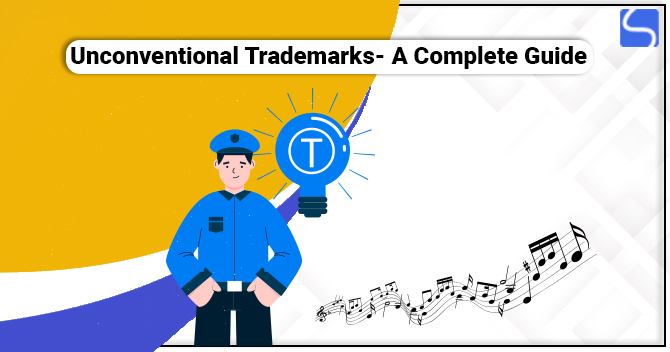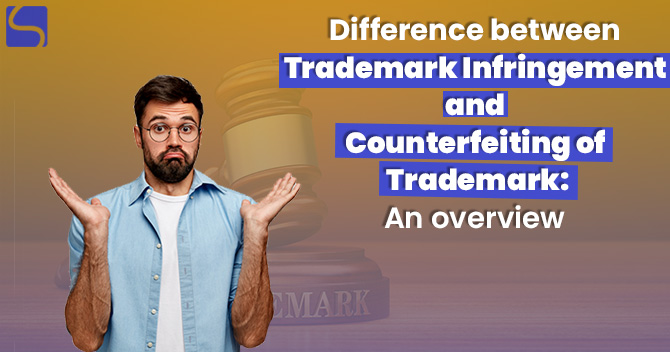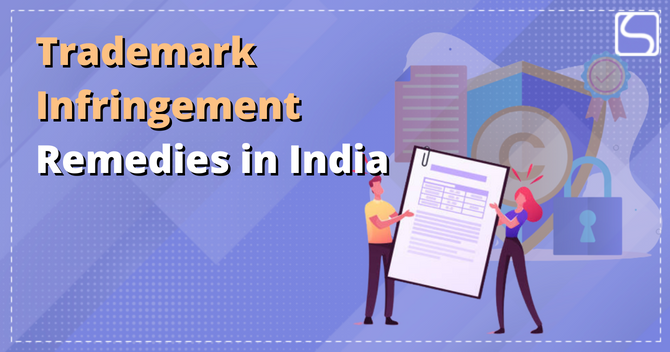Trademark Class 9: Scientific and Computer Devices

Karan Singh | Updated: Sep 01, 2021 | Category: Trademark
In order to organise its Trademarks Registry, USPTO or U.S. Patent & Trademarks Office divides marks into 45 different Trademark Classes of products or services. A client looking for buying a scientific device manufactured by a company called “Investigator Specialists” would not be confused with a private investigation company by the same name. Each class signifies a different class of goods or services, and Trademarks must be applied for or registered under that class. . In this blog, we will discuss about Trademark Class 9.
Table of Contents
Trademark Class 9 – An Overview
Trademark Class 9 comprises surveying, optical, scientific, photographic, signalling, nautical, life-saving, and teaching apparatus and instruments; instruments & apparatus for conducting transforming, regulating, controlling electricity, accumulating, or switching,; apparatus for recording, recording discs, transmission or reproduction of sound or images, magnetic data carries, CDs, DVDs, and other digital recording media; the mechanism for coin-operated apparatus; cash registers, calculating machines, data processing equipment, computer software, fire extinguishing apparatus.
Following is the list of goods under Trademark Class 9:
- Protractors;
- Instruments and apparatus for controlling ships, such as instruments & apparatus for measuring and for transmitting order;
- Punched card office machines;
- Instruments & apparatus for scientific research in laboratories;
- All computer software & programs, despite recording media or means of dissemination, i.e., software recorded on magnetic media or downloaded from a remote computer network.
Hence, Trademark Class 9 comprises primarily computers, smartphones, software, CDs, DVDs, and fire extinguishers.
Following goods or products must not be classified under Trademark Class 9:
- Apparatus for dispensing or pumping fuels;
- Control Clocks;
- Electromechanical apparatus for the kitchen (mixers & grinders for foodstuffs, fruit presses, etc.) and some other instruments & apparatus driven by an electrical motor;
- An electric razor, flat irons, and clippers;
- Electric combs & toothbrushes;
- Amusement & game apparatus adapted for the use with an external display monitor or screen;
- Electrical apparatus for space heating or for the heating of liquids, for ventilating, cooking, etc.;
- Clocks & watches and other chronometric instruments.
Coordinated Classes
In case if you are not sure about registering in Trademark Class 9, you may also consider the following coordinated classes:
- Class 10: Medical Supplies
- Class 16: Paper Goods
- Class 28: Games and Sporting Goods
- Class 35: Advertising and Business Services
- Class 38: Telecommunications Services
- Class 39: Shipping and Travel Services
- Class 41: Education and Entertainment Services
- Class 42: Science and Technology Services, and
- Class 44: Medical and Vet Services.
A coordinated class is one that is affiliated with another class; this is because the USPTO[1] has decided that candidates filing within Trademark Class 9 often need to file in coordinated classes, as well. Trademark Registration is established on a class system. For each class of goods or services that is registered, a separate registration fee is paid. The correct class should be shown at the time of applying for Trademark Registration because in case the class is found incorrect, then the process of application begins all over again.
Following is the list of goods that come under Class 9 of the Trademark Registry:
- 3D Spectacles;
- Abacuses;
- Accelerometers;
- Accumulators, Electric;
- Acid Hydrometers;
- Acidimeters For Batteries;
- Animated Cartoons;
- Anode Batteries or High Tension Batteries;
- Anodes;
- Answering Machines;
- Anti-Dazzle Shades or Anti-Glare Visors;
- Anti-Glare Glasses;
- Anti-Interference Devices (Electricity);
- Anti-Theft Warning Apparatus;
- Anti cathodes;
- Apertometers (Optics);
- Armatures (Electricity);
- Asbestos Gloves For Protection Against Accidents;
- Asbestos Clothing For Protection Against Fire;
- Asbestos Screens For Firemen;
- Apparatus And Instruments For Astronomy;
- Audio- And Video-Receivers;
- Audiovisual Teaching Apparatus;
- Automated Teller Machines (ATM);
- Azimuth Instruments;
- Baby Monitors;
- Bags Adapted For Laptops;
- Balances (Steelyards) or Lever Scales (Steelyards) or Steelyards (Lever Scales);
- Balancing Apparatus;
- Bar Code Readers;
- Barometers;
- Batteries, Electric, For Vehicles or Accumulators, Electric, For Vehicles;
- Batteries For Lighting;
- Batteries, Electric;
- Battery Jars or Accumulator Jars;
- Battery Boxes or Accumulator Boxes;
- Battery Chargers;
- Acoustic (Sound) Alarms or Sound Alarms;
- Acoustic Conduits;
- Acoustic Couplers;
- Actinometers;
- Electrical Adapters;
- Adding Machines;
- Aerials or Antennas;
- Aerometers;
- Air Analysis Apparatus;
- Alarm Bells, Electric;
- Alarms;
- Alcoholmeters;
- Alidades;
- Altimeters;
- Ammeters;
- Amplifiers;
- Amplifying Tubes or Amplifying Valves;
- Anemometers;
- Beacons, Luminous;
- Bells (Warning Devices);
- Betatrons;
- Calibrating Rings;
- Callipers;
- Camcorders;
- Cameras (Photography);
- Capillary Tubes;
- Carpenters’ Rules;
- Carriers For Dark Plates (Photography);
- Cases Especially For Photographic Apparatus & Instruments;
- Cash Registers;
- Cassette Players;
- Cathodes;
- Cathodic Anti-Corrosion Apparatus;
- Cell Switches (Electricity) or Reducers (Electricity);
- Cell Phone Straps;
- Centering Apparatus For Photographic Transparencies;
- Apparatus For Changing Record Player Needles;
- Chargers For Electric Batteries;
- Apparatus To Check Franking or Apparatus To Check Stamping Mail;
- Chemistry Apparatus And Instruments;
- Chips (Integrated Circuits);
- Choking Coils (Impedance);
- Chromatography Apparatus For Laboratory Use;
- Chronographs (Time Recording Apparatus);
- Cinematographic Cameras;
- Cinematographic Film, Exposed;
- Circuit Closers;
- Circuit Breakers;
- Circular Slide Rules;
- Cleaning Apparatus For Phonograph Records or Cleaning Apparatus For Sound Recording Discs;
- Close-Up Lenses;
- Clothing For Protection Against Accidents, Irradiation & Fire;
- Clothing For Protection Against Fire or Garments For Protection Against Fire;
- Clothing Especially Made For Laboratories;
- Coaxial Cables;
- Binoculars;
- Blueprint Apparatus;
- Boiler Control Instruments;
- Branch Boxes (Electricity);
- Breathing Apparatus For Underwater Swimming;
- Breathing Apparatus, Except For Artificial Respiration;
- Bullet-Proof Waistcoats (Vests (Am.)) or Bullet-Proof Vests (Am.) or Bullet-Proof Waistcoats;
- Bullet-Proof Clothing;
- Buzzers;
- Cabinets For Loudspeakers;
- Cables, Electric;
- Calculating Machines.
Specimens for Trademark Class 9
If the mark is being used in commerce, you should provide a marked sample as it appears to clients or customers. The mark should be seen on or in connection with the items in trade in order for the specimen to be appropriate. A Trademark specimen should be a label, container, or tag for the products or a display that is affiliated with the goods. A copy of any other reproduction of a marked specimen as used on or in connection with the products is acceptable. In most situations, the label is an acceptable specimen if the Trademark is applied to the products or the containers for the products in Trademark Class 9 by means of labels.
Shipping or mailing labels may be recognised or accepted if the usage is shown and if they are fixed to the products or to the containers for the products. It is not acceptable if the marl shown is just used as a trading name and not a Trademark. The correct method of Trademark Affixation is to stamp a Trademark on the products, the container, or on the tags or labels attached to the products or services.
Conclusion
In the end, it is clear that before applying for Trademark Registration, individuals need to do a Trademark Class Search to confirm that their mark is unique because registering a Trademark or name under s specific class only provides protection for that category.
Read our article:What are the 4 Best Non-Conventional Trademarks?














